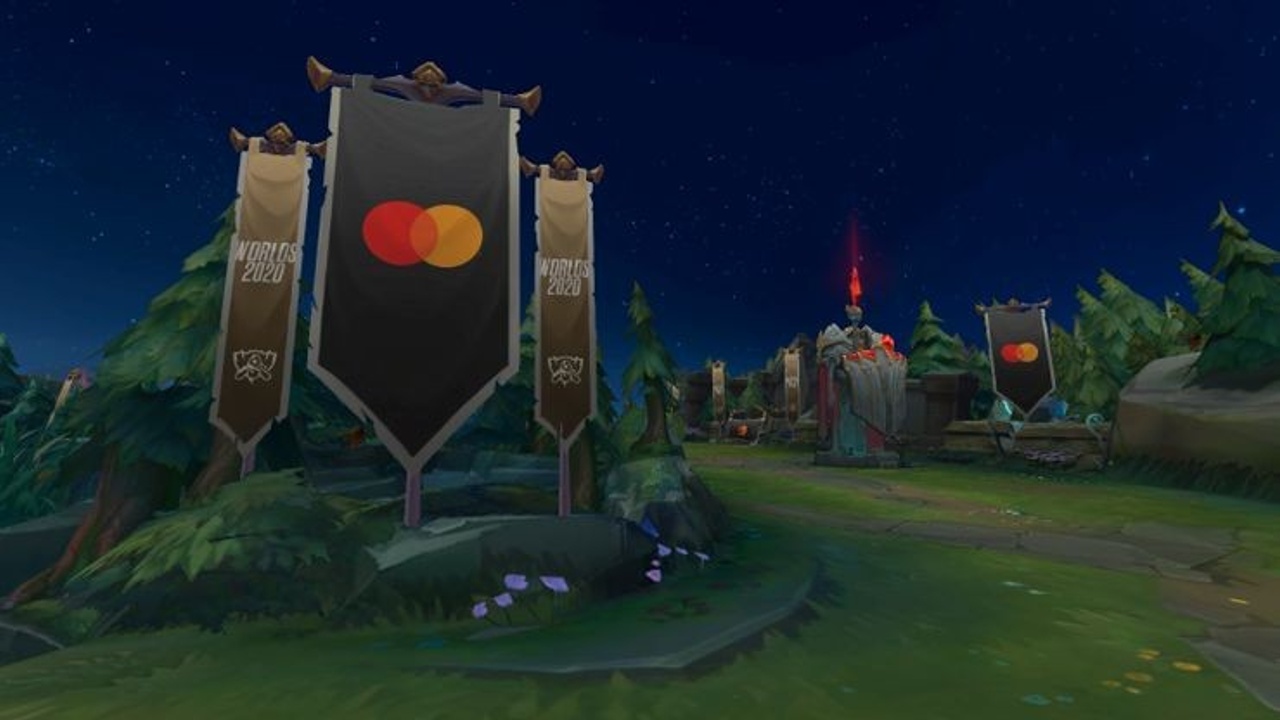Esports and the Advertising Evolution
Jun 24, 2020
Esports is pretty much the only sport we have in 2020. But even before that, esports viewership was on the rise, and the entire industry is expected to be worth $3 billion by 2022. With that viewership rise and worth, advertisers are undoubtedly going to want to get in on it.
One of the most important things we need to look at is the average viewership age for traditional sports. Please note, these ages are as of 2016, but the trend for viewership age has been moving upward since 2000.
- MLB: 57 years old
- NFL: 50 years old
- NHL: 49 years old
- NBA: 42 years old
- MLS: 40 years old
Source: Marketwatch
Meanwhile, esports is at an average viewer age of around 26, with the main demographic being 30 and below. This is important because the 30 and below crowd are some of the biggest consumers in our economy.
So I wanted to take some time to look at how advertising in esports has evolved. After all, the marketing aspect of the scene, and the jobs associated with it, are only going to grow and evolve as we progress.
Fortnite
Without a doubt, Epic Games and Fortnite have done an amazing job with their advertising over the years. They have consistently been able to build hype with massive, limited-time events in-game. They’ve done everything from Star Wars, to Batman, to John Wick, to Avengers, while the latest, The Device, happened on June 15.
The bigger events, such as the Robot versus Monster event, have been able to draw in millions of live viewers, many of whom don’t even play Fortnite.
The ability of Fortnite to draw in those viewers on such a large scale is an immense opportunity for advertisers to get in on selling some products, and make no mistake, you are being sold something. What makes it even better, is that Fortnite and Epic Games have been able to keep these events topical each and every time, which allows advertisers to capitalize on a current trend.
If Fortnite and Epic Games continue on their current trend of these big events, I have no doubt that Fortnite, and similar avenues, will become one of the main advertising platforms of the future for anything from toys to a new track that 12.3 million people watched premier.
League of Legends
If you’re not familiar with League of Legends pro play, it has both a game client and a spectator client. What we see on broadcasts is a feed from the spectator client. For the summer 2020 season, League of Legends have put in sponsorship banners onto the rift.
With how many viewers standard matches can attract (~127k for the LCS CLG vs IMT Sunday matchup), it’s no wonder Riot is making this move. It’s a major revenue stream for Riot and a lot of eyes on a company logo that reaches a worldwide audience.
The worldwide audience part of it is more important than you may think. For many advertisers, getting your brand out to different countries and languages is expensive due to localization costs. But with esports, fans watch from around the world and that’s a form of brand exposure that is hard to get and usually expensive when you do.
Overwatch League and others
Overwatch League arguably went the hardest in trying to imitate the traditional sports model. Sponsorships for Overwatch League are also very in your face—anyone remember Cheez-it Grooves opening day? We’ve got the entire league exclusively on YouTube gaming, presented by Xfinity, Game Breaks presented by Pringles Wavy, and Watchpoint presented by State Farm.
Despite the plethora of sponsors, Overwatch League sponsors have frequently not renewed their sponsorship or advertising deals with the league. This is most likely due to a couple of reasons, one being lower viewership as the season progresses, but also because those who watch esports don’t like traditional advertising much of the time. Esports viewers are too used to being able to block ads or skip them entirely.
Other esports scenes are similar in their approach to sponsors and advertisements. StarCraft II leagues have been presented by the Korean shoe company SBENU and Corsair is a major sponsor of the Rainbow Six Siege Pro League.
Clearly, Overwatch and the rest haven’t quite reached the level of Fortnite and League of Legends, though I’d put Fortnite ahead of League of Legends. Esports is still experimenting with advertising, and it shows. Which means there is a lot of room for innovation and improvement.
For those of you out there looking to move into the advertising and sponsorship aspects of esports, this is something you should keep a close eye on in the coming years. It will be an even bigger market than it is now and be open to new ideas and experimentation.
